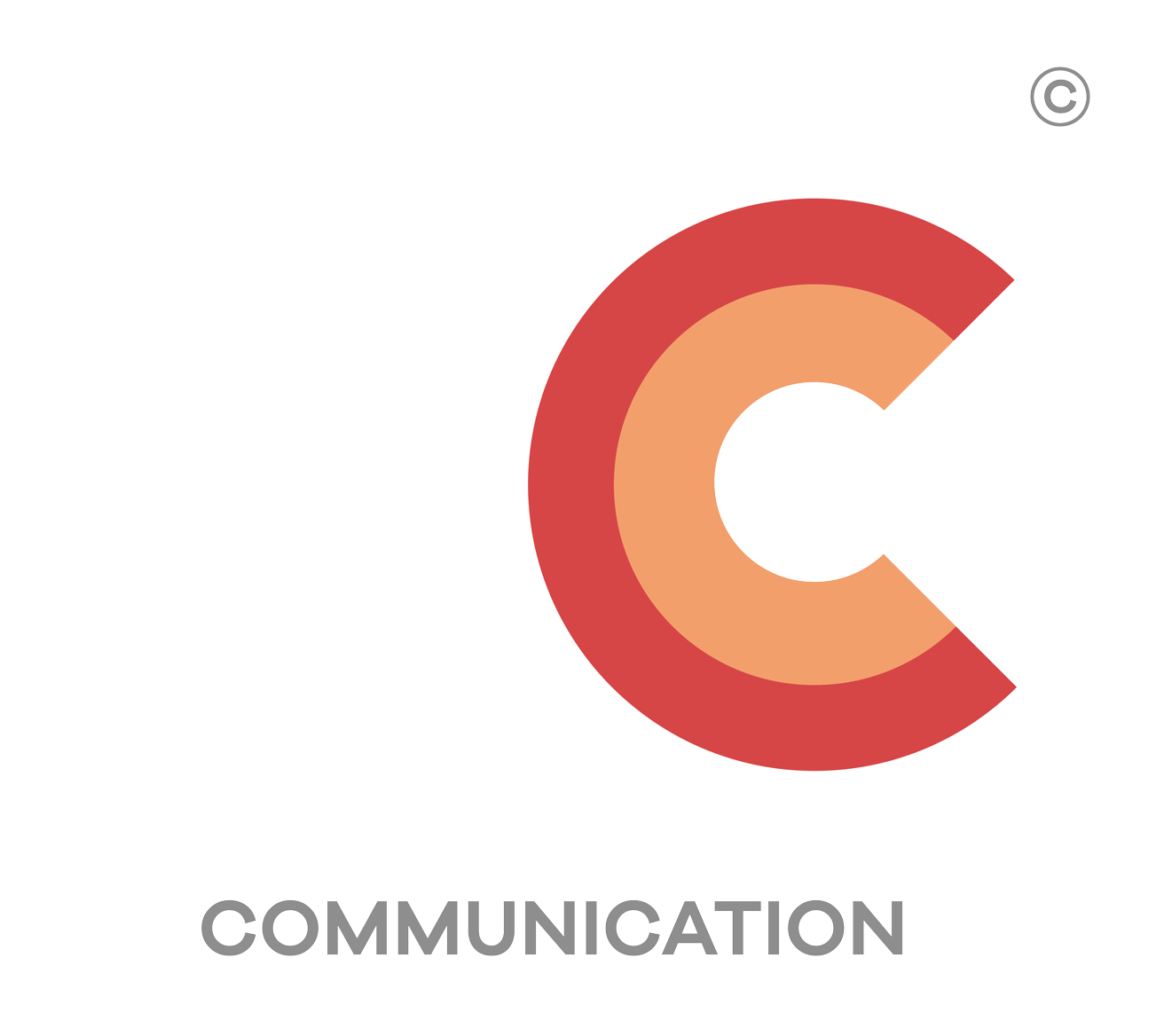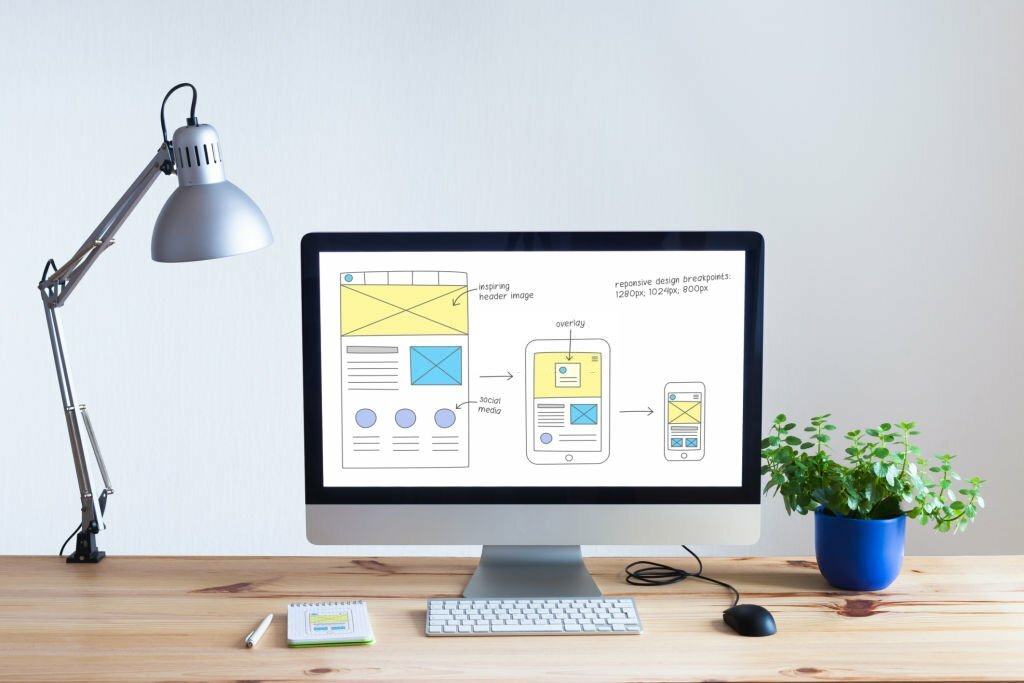Let’s talk about the top website design principles, and how it’s important to work with a marketing agency to improve your website and gain the biggest value from it to your business. An aesthetically pleasing and functional website can captivate visitors, enhance user experience, and ultimately drive conversions. To achieve these goals, it is essential to understand and implement the fundamental of website design principles. In this article, we will explore the top 10 website design principles that can elevate your online presence and leave a lasting impression on your audience.
Responsive website design principles:
Responsive website design principles ensures that your website adapts seamlessly to various screen sizes and devices. Mobile devices account for a significant portion of internet traffic, making responsiveness a critical factor. Implementing responsive design principles allows your website to maintain its functionality, readability, and visual appeal across different platforms.
Simplicity and Minimalism:
Simplicity is key when it comes to effective website design principles. A cluttered or overly complex layout can overwhelm visitors and hinder their ability to navigate your site. Embrace minimalism by employing clean lines, ample white space, and a clear hierarchy of information. This approach promotes clarity, improves user experience, and highlights your content.
Consistency in Design:
Consistency is crucial for establishing a strong brand identity and creating a cohesive user experience. Maintain consistency in your website design principles typography, color scheme, button styles, and overall visual elements. By doing so, you create a sense of familiarity and make it easier for users to navigate and engage with your site.
Intuitive Navigation:
Effortless navigation is a cornerstone of good website design principles. Users should be able to find information quickly and easily explore different sections of your site. Implement clear and logical navigation menus, intuitive search functionality, and breadcrumb trails to guide visitors on their journey. A well-structured navigation system enhances user experience and keeps them engaged.
Purposeful Typography:
Typography plays a significant role in website design principles, as it affects readability, visual hierarchy, and overall aesthetics. Choose fonts that align with your brand’s personality and ensure they are legible across different devices and screen sizes. Establish a consistent typographic hierarchy to guide users’ attention and make your content more scannable.
Visual Hierarchy and Focal Points:
Creating a visual hierarchy allows you to guide users’ attention and convey the most important information effectively. Utilize size, color, contrast, and placement to establish focal points and emphasize key elements. A well-defined visual hierarchy enhances user engagement and helps users understand the content’s significance.
Read about: create visual identity
Use of Color:
Color is a powerful tool that can evoke emotions, convey brand identity, and enhance visual appeal. Choose a color palette that aligns with your brand and consider the psychological impact different colors can have on your audience. Ensure color contrast is sufficient for readability and accessibility, particularly for users with visual impairments.
Engaging and Relevant Imagery:
Images and graphics can significantly impact user engagement and convey your brand’s message. Incorporate high-quality, relevant imagery that resonates with your target audience. Visual content should be optimized for fast loading times without compromising quality. Meaningful visuals can create an emotional connection and make your website design principles more memorable.
Readability and Legibility:
Content is an essential component of any website design principles, and its readability is paramount. Choose fonts and font sizes that are easy to read across devices. Break content into smaller, scannable sections with clear headings and subheadings. Pay attention to line spacing and contrast between text and background to ensure optimal legibility.
User-Focused Design:
Ultimately, the success of your website hinges on meeting the needs and expectations of your users. Conduct user research and gather feedback to understand their preferences, pain points, and behaviors. Incorporate user-centered design principles to create a seamless and enjoyable experience. Regularly test and iterate on your design to continuously improve user satisfaction.
Design Elements of a Website
Design elements are the visual components that contribute to the overall look and feel of a website. Here are some key design elements of a website:
- Layout: The layout refers to the arrangement of different elements on a web page. It includes the positioning of headers, navigation menus, content sections, sidebars, and footers. A well-structured layout creates a logical flow and enhances user experience.
- Typography: Typography encompasses the selection, styling, and arrangement of fonts on a website. It includes choosing appropriate font families, font sizes, line spacing, and font weights. Consistent typography improves readability and reinforces the brand’s visual identity.
- Color Scheme: The color scheme defines the colors used throughout the website. It includes primary colors, secondary colors, and accent colors. A well-chosen color scheme creates visual harmony, communicates brand personality, and evokes specific emotions.
- Images and Graphics: Images and graphics are essential design elements that enhance visual appeal and convey information. They can include product photos, illustrations, icons, logos, and background images. High-quality and relevant visuals help engage users and support the website’s content.
- Icons and Buttons: Icons and buttons serve as interactive elements on a website, guiding users to take specific actions. Icons are visual representations of functions, while buttons provide clickable areas for actions such as submitting forms, navigating to other pages, or initiating downloads.
- White Space: White space, also known as negative space, is the empty space between different design elements. It provides breathing room, improves readability, and allows key elements to stand out. Proper use of white space can enhance the overall visual balance and clarity of a website.
- Lines and Dividers: Lines and dividers are used to separate content sections, create visual hierarchy, and guide users’ eyes. Horizontal lines can divide different sections, while vertical lines can be used to highlight sidebars or separate content within a section.
- Responsive Design Elements: With the increasing use of mobile devices, responsive design elements are crucial. These elements adapt to different screen sizes and orientations, ensuring optimal user experience across devices. Responsive design elements may include flexible images, fluid grids, and media queries.
- Call-to-Action (CTA) Buttons: CTAs are designed to prompt users to take a specific action, such as making a purchase, subscribing to a newsletter, or contacting the business. CTA buttons should be visually distinct, placed prominently, and use persuasive text to encourage user engagement.
- Animation and Microinteractions: Animation and microinteractions add dynamic elements to a website, enhancing user engagement and providing feedback. Examples include hover effects, loading animations, scrolling animations, and interactive elements that respond to user interactions.
Conclusion:
By incorporating these top 10 website design principles, you can create a visually appealing, functional, and user-friendly website that captivates your audience. Remember to embrace responsiveness, simplicity, consistency, intuitive navigation, purposeful typography, visual hierarchy, color psychology, engaging imagery, readability, and user-focused design. By prioritizing these principles, you can enhance user experience, foster brand loyalty, and drive the success of your online presence. Check our case studies for website design principles sectors to know how can 3C help you.



